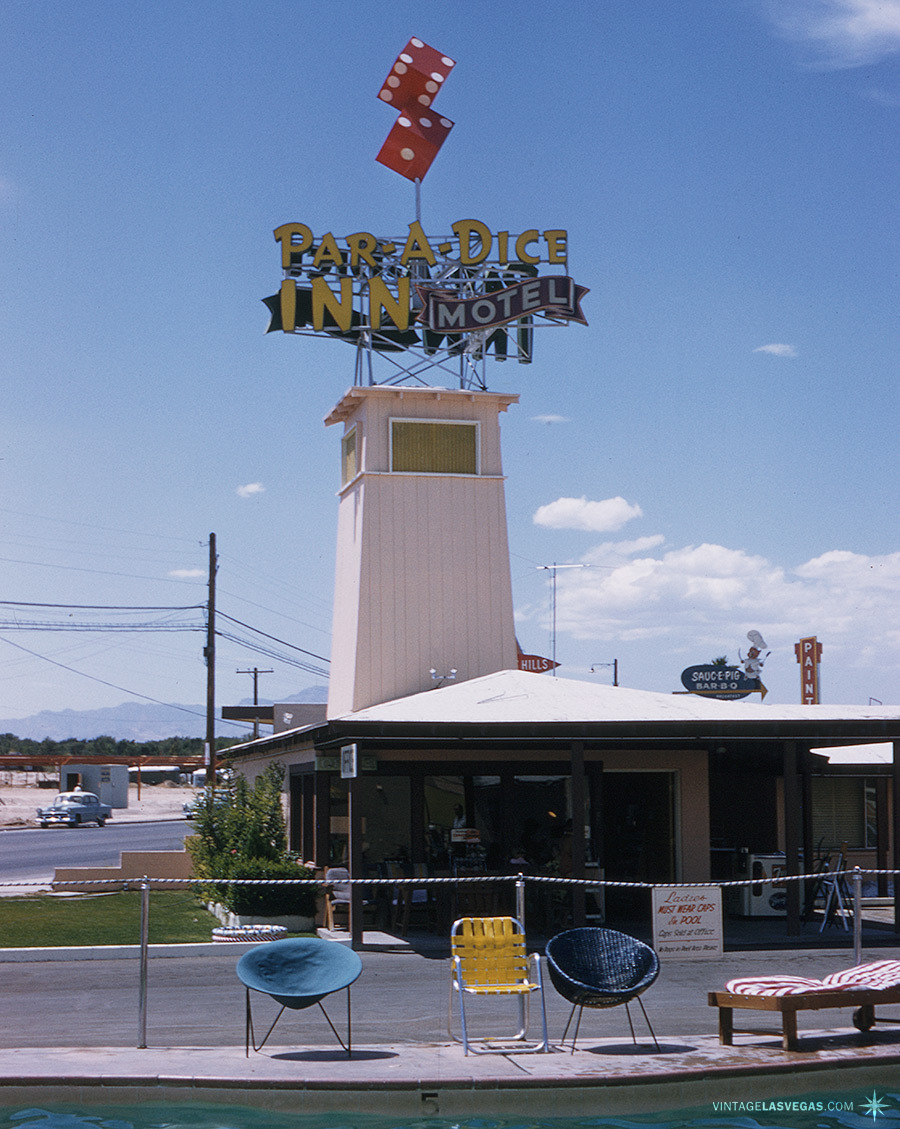Wendy Green and her husband travel to Las Vegas from Los Angeles at least twice a year in their Tesla.
They always wind up the Las Vegas Premium Outlets on Las Vegas Boulevard South to charge the electric vehicle because the station is reliable with many chargers and the mall provides a place to kill time while the vehicle charges.
Green, who lived in Las Vegas 10 years ago, says the charging infrastructure has expanded here.
“There’s many more choices now … sometimes in the middle of nowhere,” she said.
However, Southern Nevada is experiencing the same challenges in the growing electric vehicle infrastructure as other cities across the country, said Nicole Wargo, a fellow with the department of environment and sustainability at Clark County and director of the Southern Nevada Clean Cities Coalition.
The coalition is trying to understand those challenges: how the chargers work, how much electricity they need to pull from the grid and how to get charger stations installed for a low cost, Wargo said.
There’s also the challenge of ongoing maintenance—many chargers break and take days to get back online. And when that happens, charging stations feature long waits for vehicle owners.
Additionally, there’s a push to make sure the chargers are built in every community, not just high-income neighborhoods.
“It’s new technology,” Wargo said. “I’m imagining 100 years ago when gas cars were becoming popular and the challenges people were facing then.”
The infrastructure hiccups are magnified in rural areas, where limited electric grid capacity, infrastructure gaps and maintenance needs are prevalent. In these areas, there are fewer people to maintain the stations, said Kelsey McFarland, spokesperson for the Nevada Department of Transportation (NDOT).
Nevada has around 500 public and private charging stations, McFarland said. The NDOT would like to expand the number of charging locations so that Nevadans never have to worry about where they’re getting their next charge.
According to the U.S. Department of Energy, there were 47,361 registered electric vehicles in Nevada through 2023.
In 2022, the Federal Highway Administration approved the National Electrical Vehicle Infrastructure (NEVI) program through the Infrastructure Investment and Jobs Act. The program allowed for the NDOT to receive $38 million over five years to support electric vehicles.
Nevada allocated over $21 million of the funding, McFarland said in an email to the Weekly. NEVI is a reimbursement program, so NDOT will only receive reimbursement after spending the funds on projects.
NDOT plans to focus on EV charging stations along Interstate 80 in Northern Nevada and Interstate 15, McFarland said.
The goal is to build stations along those highways so drivers can find fast charging stations — capable of bringing an electric vehicle up to 80% of total charge within 20 to 60 minutes — every 50 miles in close proximity to the interstate. The NDOT expects to start construction of more EV charging stations this spring.
Through its Economic Recovery Transportation Electrification Plan, NV Energy invested $100 million to expand electric vehicle charging stations across the state from 2022 to 2024. According to NV Energy’s website, the project focused on installing chargers in historically underserved communities and supported “EV driver tourism.”
Part of the plan brought 16 electric vehicle charging stations to Allegiant Stadium with the help of Blink Charging. Other focuses included interstate corridor depots; urban charging depots; public agency charging; and transit, school bus and transportation electrification.
Mike Battaglia, president and CEO-elect at Blink, which presented at the Consumer Electronics Show at the Las Vegas Convention Center earlier in January, said public efforts to support EV adoption mean nothing if consumers don’t follow suit.
“EV adoption is driven by the consumer,” Battaglia said. “The extent to which the consumer feels like they have the type of vehicle that they want to buy, they’ll buy an electric vehicle,” he said.


